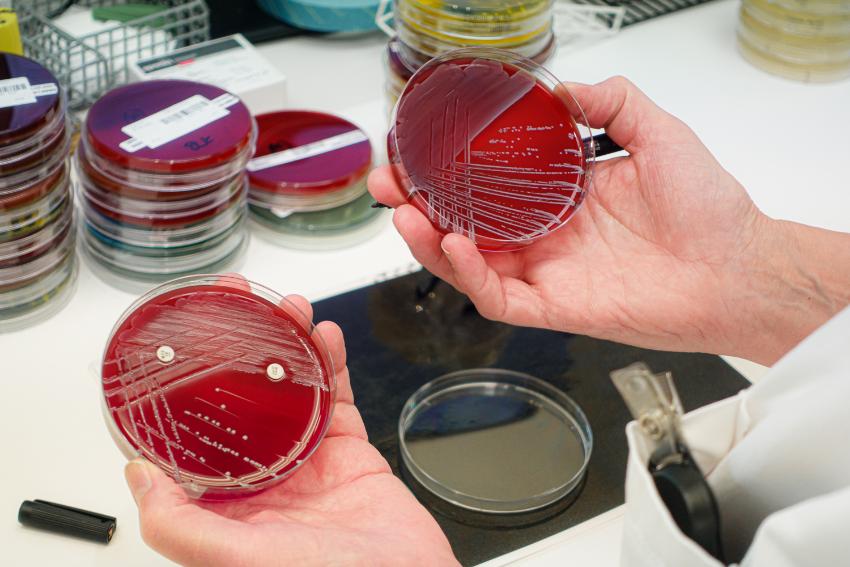Guest lecture Thursday October 31st 2019 at 14:15. Title: "Towards Sleep Apnea Detection with Consumer Electronics and Machine Learning" - Professor Thomas Plagemann, IFI, UiO
Professor Thomas Plagemann, Department of Informatics, University of Oslo will Thursday October 31st 2019 at 14:15 - 15:00 hold a guest lecture titled Towards Sleep Apnea Detection with Consumer Electronics and Machine Learning. Place: eknologibygget Auditorium, 1.023, Campus Tromsø.
Target group: Computer science students, employees at the department, external from industry
Professional (academic) contact person is Professor Lars Ailo Bongo.
Welcome!
---------------------------------------------------------------------
Date: Thursday October 31st, 2019 14:15 – 15:00
Place: Teknologibygget Auditorium, 1.023, Campus Tromsø
Title: Towards Sleep Apnea Detection with Consumer Electronics and Machine Learning
Lecturer: Professor Thomas Plagemann, Department of Informatics, University of Oslo
Abstract
Obstructive sleep apnea (OSA) is a common, but severely under-diagnosed sleep disorder that affects the natural breathing cycle during sleep with the periods of reduced respiration or no airflow at all. It is the long-term goal of the Cesar project (RCN, FriPro) to increase the percentage of diagnosed OSA cases, reduce the time to diagnosis, and support long term monitoring of patients with user friendly and cost-efficient tools for sleep analysis at home. Core elements are mobile computing platforms (e.g., smartphones), consumer electronics sensors, and machine learning (ML) for OSA detection.
In this presentation, we will give some background on OSA and discuss some of the studies we have performed in the project. Using public data sets from physionet.org we could show that “simple” ML techniques could achieve rather high classification performance even for only one signal using a high-quality data set. Under lab conditions we could show that some of the available low-cost breathing sensors produce good data – compared to the gold standard for unattended sleep monitoring at home. Due to the collaboration with the ongoing A3 study at the Oslo University Hospital we could use one of these low-cost sensors for sleep monitoring of 50 patients at home. The resulting data is in its raw format of low quality and required thorough preprocessing. Furthermore, we discuss how data augmentation with Generative Adversarial Networks can be used to increase, re-balance and personalize data sets. We will conclude the presentation with a discussion about the future technical challenges as well as some challenges that need to be addressed by law and ethics.


